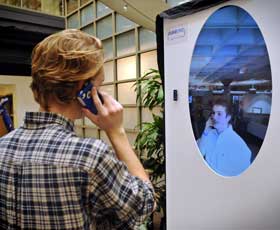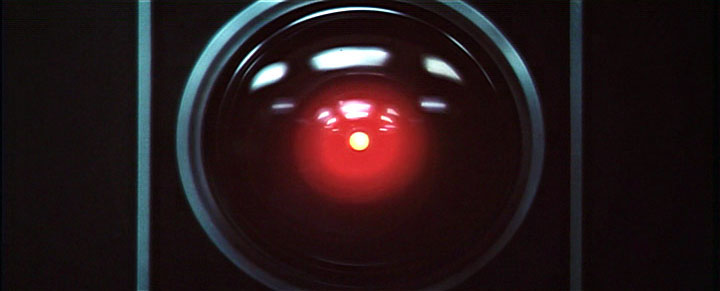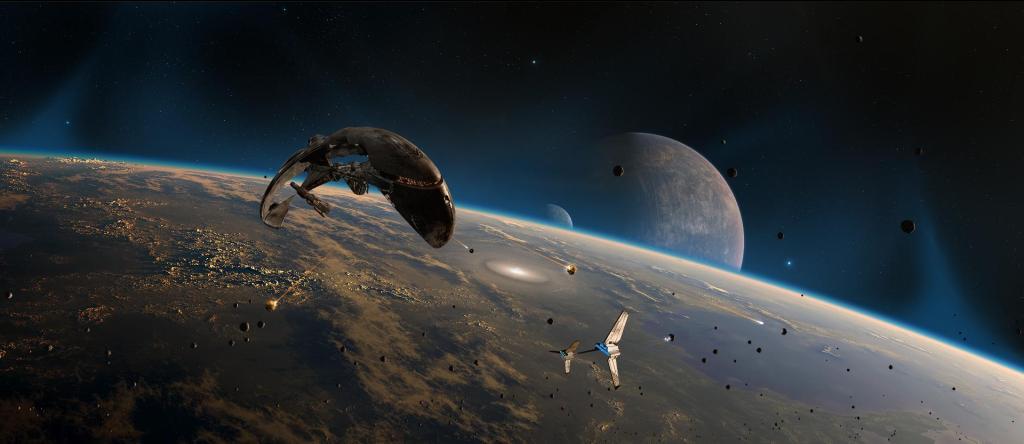 “This is the driving idea behind DARPA’s Upward Falling Payloads (UFP) program, which seeks to create technologies that would allow the Navy to leave unmanned systems and other distributed technologies hidden in the ocean depths for years on end and deploy them remotely at the push of a button when the need arises. Think: unmanned aircraft that travel to the surface and launch into the sky to provide reconnaissance or to disrupt or spoof enemy defenses, or perhaps submersible or surface sub-hunters that launch from the seafloor during times of heightened alert in a particular maritime theater.”
“This is the driving idea behind DARPA’s Upward Falling Payloads (UFP) program, which seeks to create technologies that would allow the Navy to leave unmanned systems and other distributed technologies hidden in the ocean depths for years on end and deploy them remotely at the push of a button when the need arises. Think: unmanned aircraft that travel to the surface and launch into the sky to provide reconnaissance or to disrupt or spoof enemy defenses, or perhaps submersible or surface sub-hunters that launch from the seafloor during times of heightened alert in a particular maritime theater.”
You know what the world really needs? A system of dormant underwater drones, which apparently DARPA is hard at work on. If you want to use this type of tech to explore the oceans of Europa or Titan, fine. For the Taiwan Strait? Sounds like a terrible idea. SKYNET aside, glitches happen.








